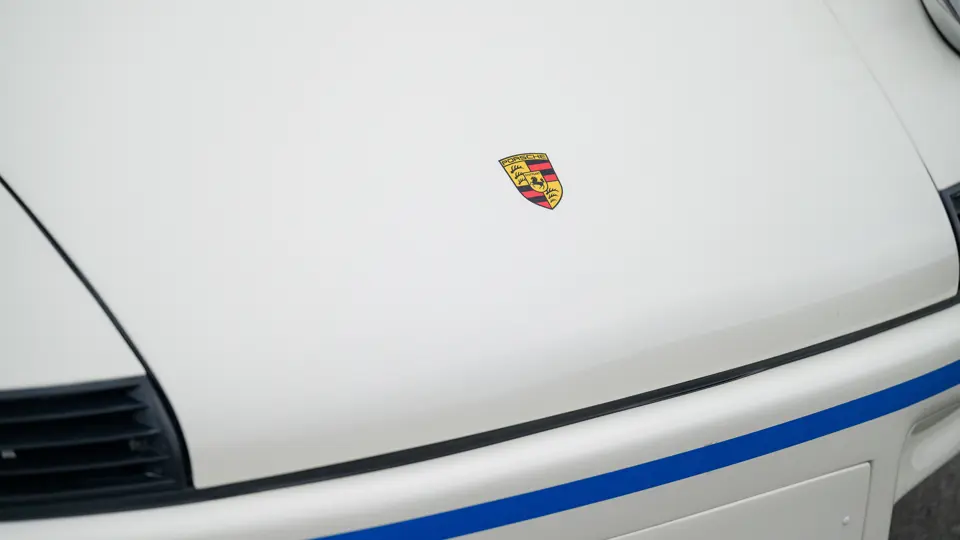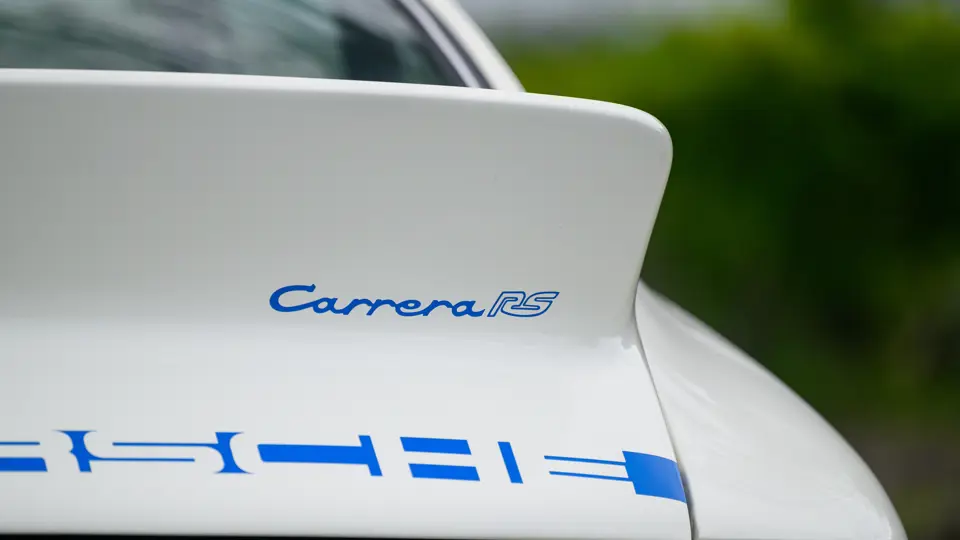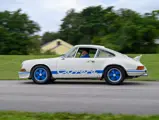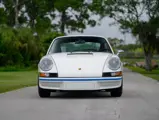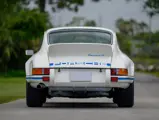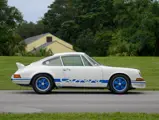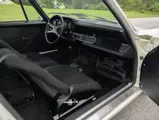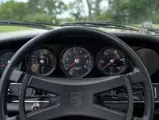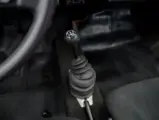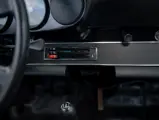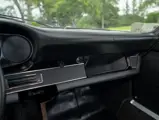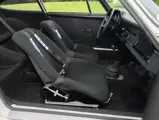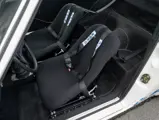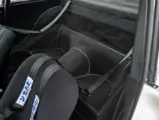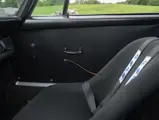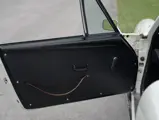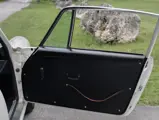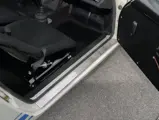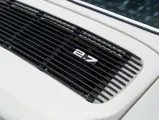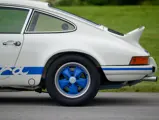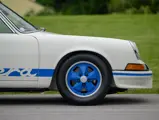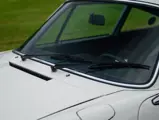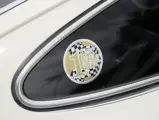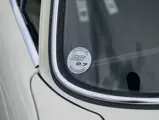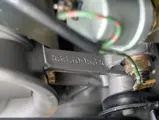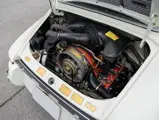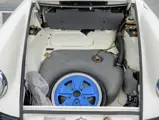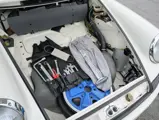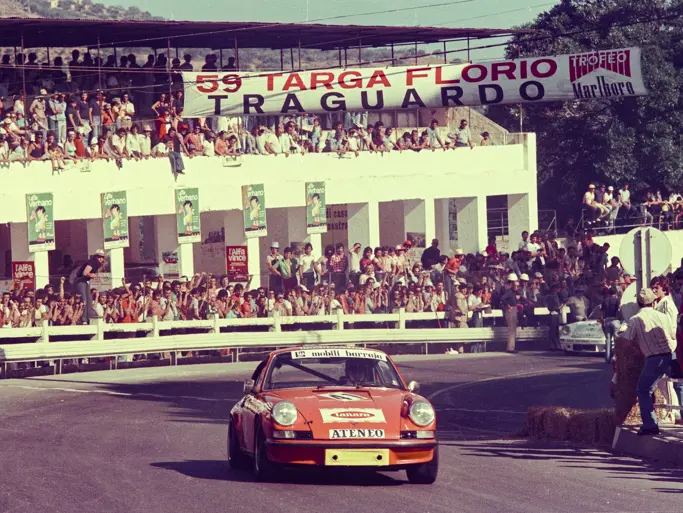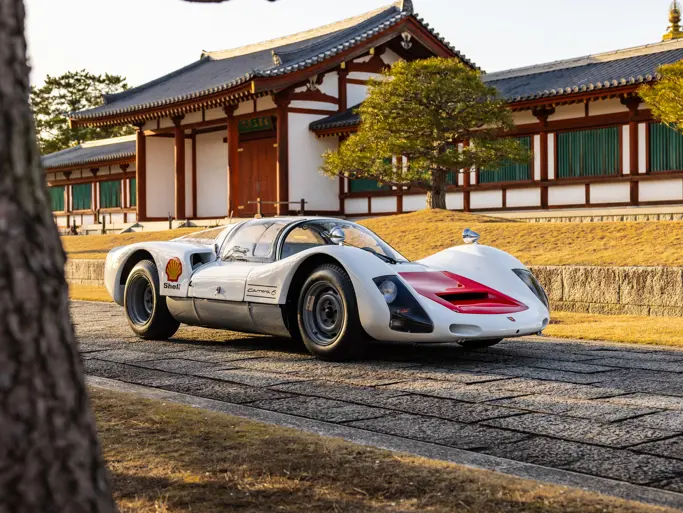
1973 Porsche 911 Carrera RS 2.7 Lightweight
{{lr.item.text}}
$1,000,000 - $1,500,000 USD | Not Sold
{{bidding.lot.reserveStatusFormatted}}
- Believed to be one of only 200 examples produced for 1973 in factory “Lightweight” configuration
- Italian-market example delivered new via Autogerma Italia, Verona
- Finished in factory-correct Light Ivory over Black
- A wonderful example of one of the most consequential models in Porsche history
For a car whose fate was anything but certain at the outset, the Porsche 911 Carrera RS 2.7 has been more than vindicated. A runaway success commercially and competitively, this groundbreaking variant of the 911 would unwittingly form the very bedrock of Porsche’s engineering and corporate strategy since debuting in 1973 during a period of internal upheaval as the German automaker restructured its production and motorsports programs. Indeed, the close kinship between Porsche’s roadgoing and competition models—now a Porsche hallmark—is largely thanks to the 911 RS 2.7, which was developed in the early Seventies for Fédération Internationale de l'Automobile Group 4 competition, which required 500 streel-legal examples for homologation.
Hard to fathom given the RS 2.7’s present popularity, Porsche marketing execs had little faith at the time that the company could sell more than 80 examples to private racers. “Considering the extremely spartan equipment necessitated by weight requirements, and having seen and driven the car, we do not believe that we can effectively market the car under normal circumstances,” wrote the marketing department to then engineering director Ernst Fuhrmann, as quoted in the book Carrera RS.
How wrong they were. Debuting at the 1972 Paris Motor Show as the first 911 to feature the “Carrera” moniker, brisk demand for the RS 2.7 drove Porsche to produce more than three times the homologation requirement, with 1,580 units built for the 1973 model year. Further proving just how misguided the marketers were, 200 of these were specified with an M471 Lightweight conversion, as seen on the example offered here. This factory option jettisoned what existing “spartan equipment” there was on the interior and fitted thinner body panels and glass to reduce weight and increase performance. A less extreme M472 Touring conversion retained some creature comforts at least. With the 911 RS 2.7, Porsche attracted a dedicated group of enthusiasts that grows stronger with each passing year.
Understood to have been delivered new to Autogerma Italia in Verona, Italy on 9 April 1973, this Italian-specification RS 2.7 was finished in Light Ivory over a Black interior. Crucially, it was one of those scarce 200 examples fitted from the factory with the desirable M471 “Light Sport Version” package for the model year. While its subsequent ownership history is presently unknown, it was at some point restored in its factory-correct interior and exterior colors. Classic “Carrera” exterior script in blue, as well as color-matched blue wheels—a livery so emblematic of this famed model—were also furnished.
Acquired by the consignor in summer of 2016, it is now offered from an extensive collection of important Porsches. Fully restored, this rare Carrera RS Lightweight will surely find many eager buyers, particularly those interested in vintage racing events or in augmenting a collection with one of the most desirable and impactful Porsche 911 models ever produced.







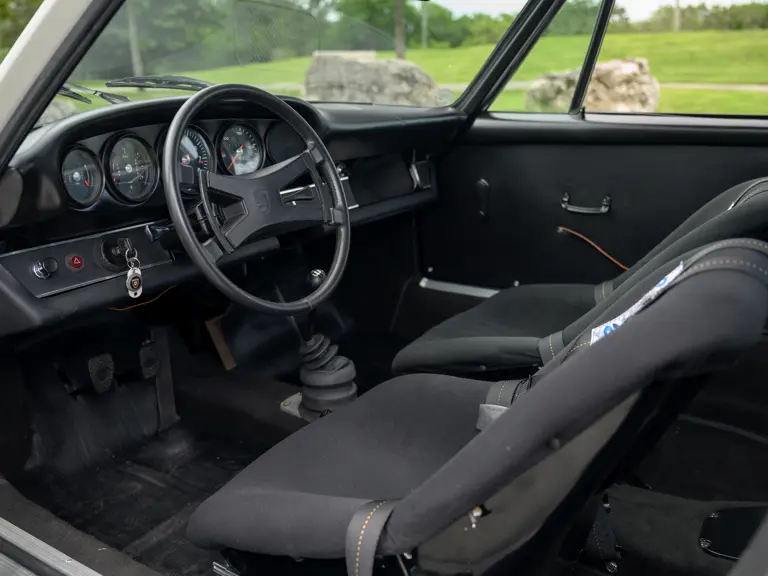
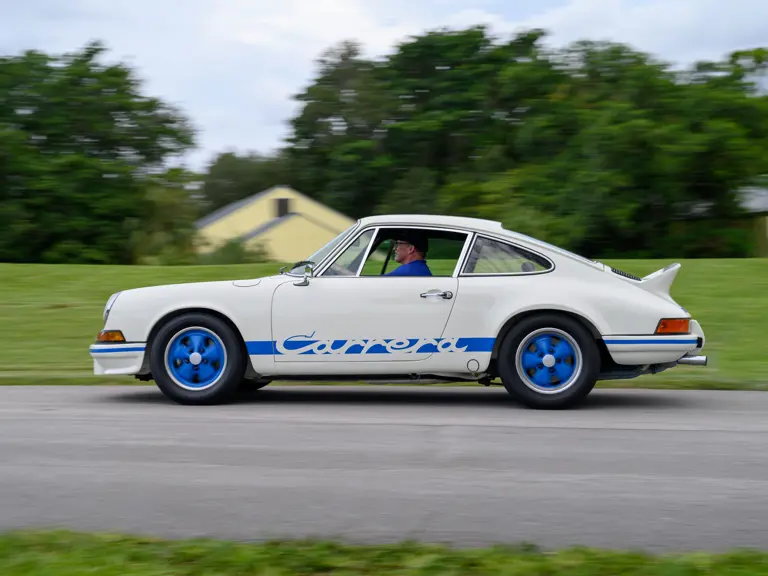


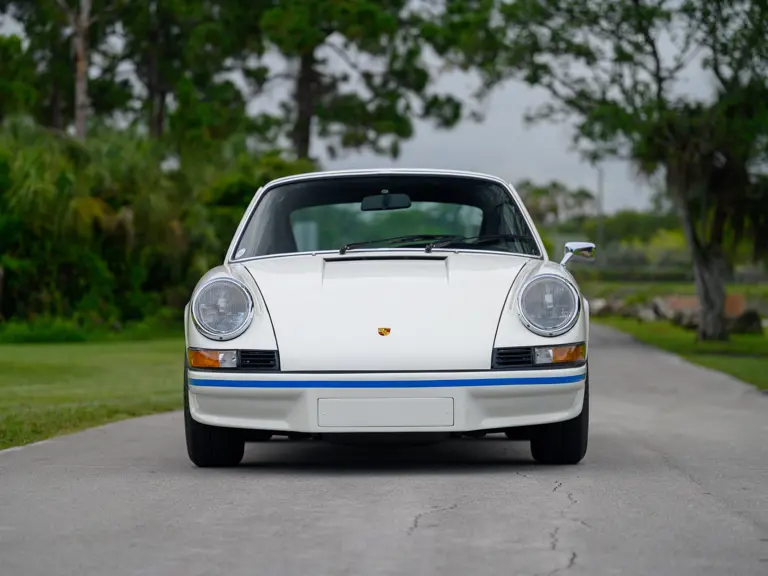


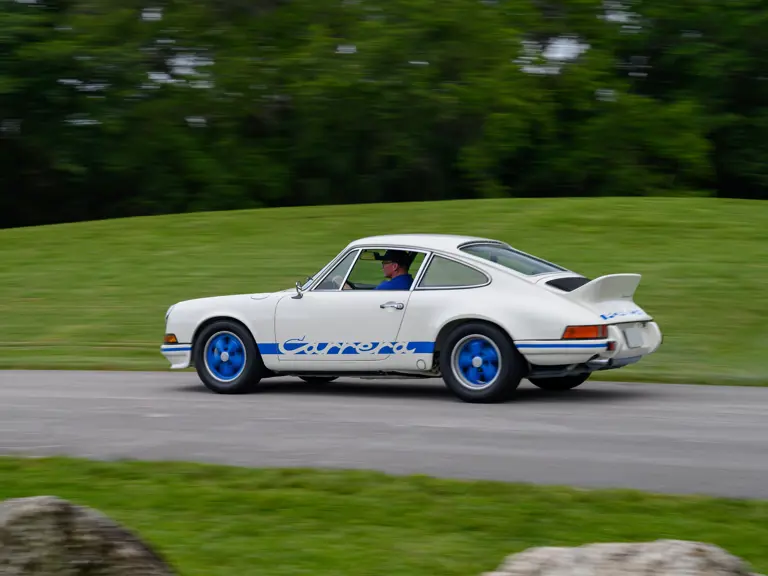
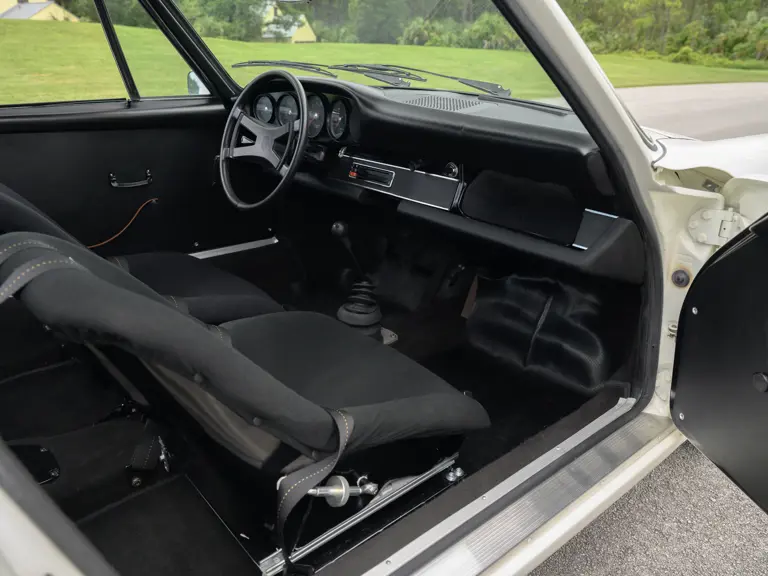

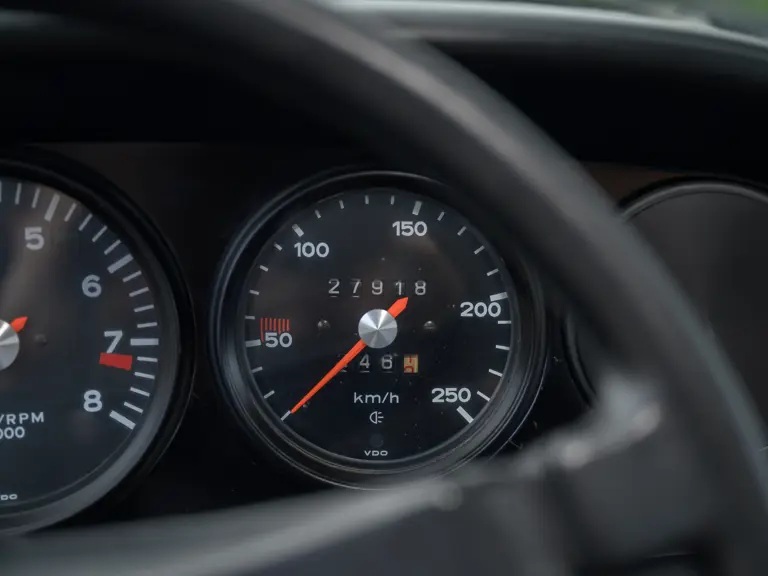
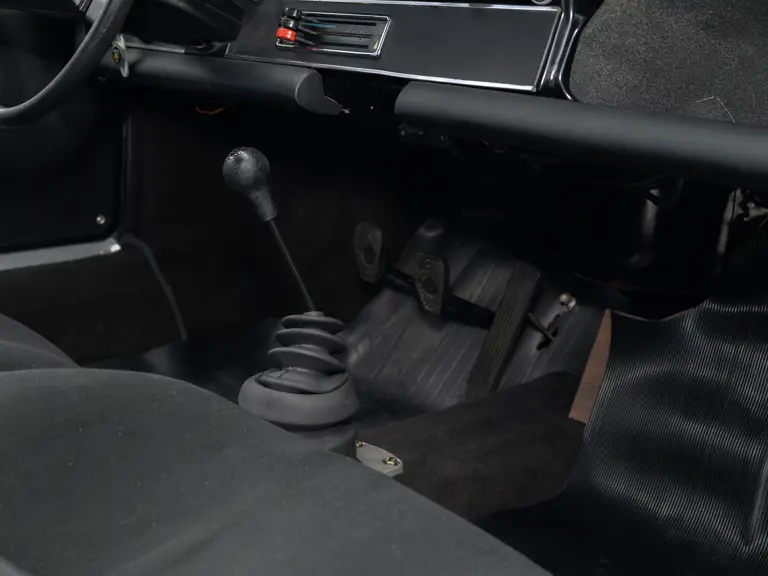
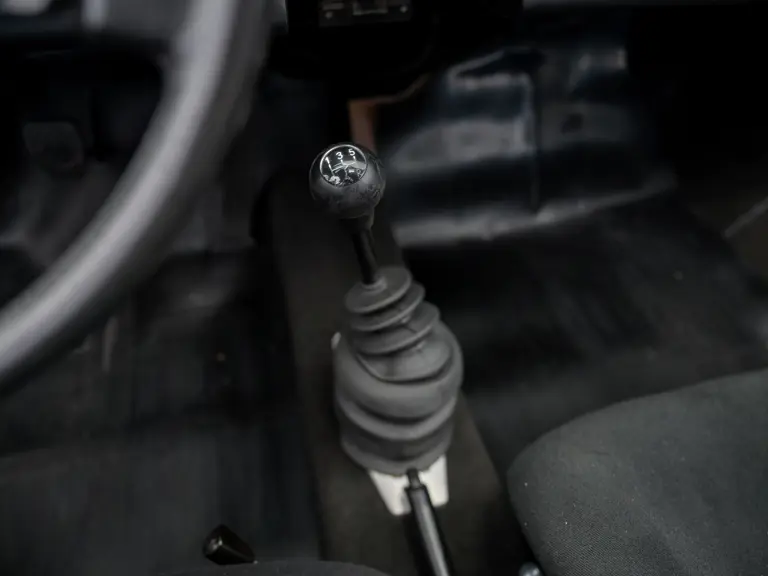

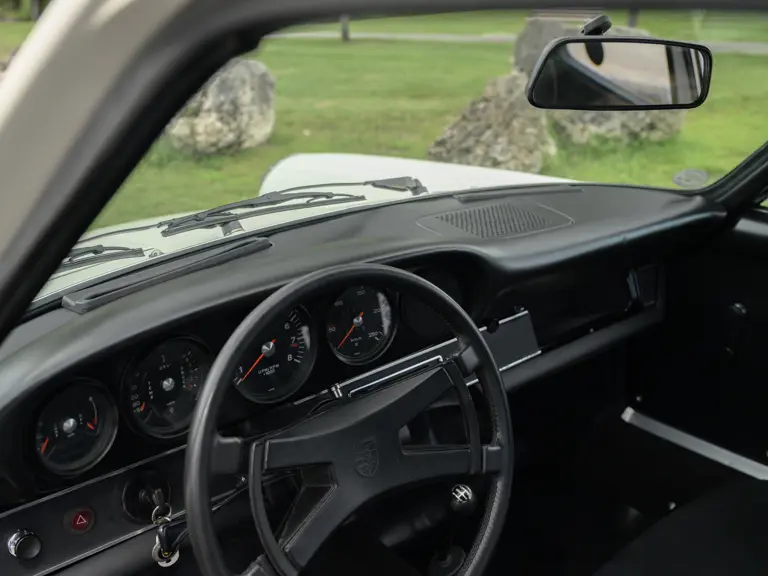

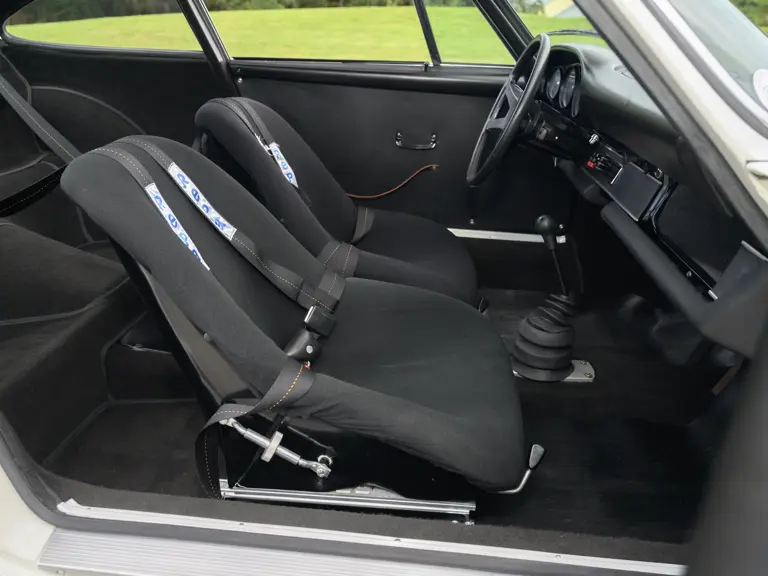

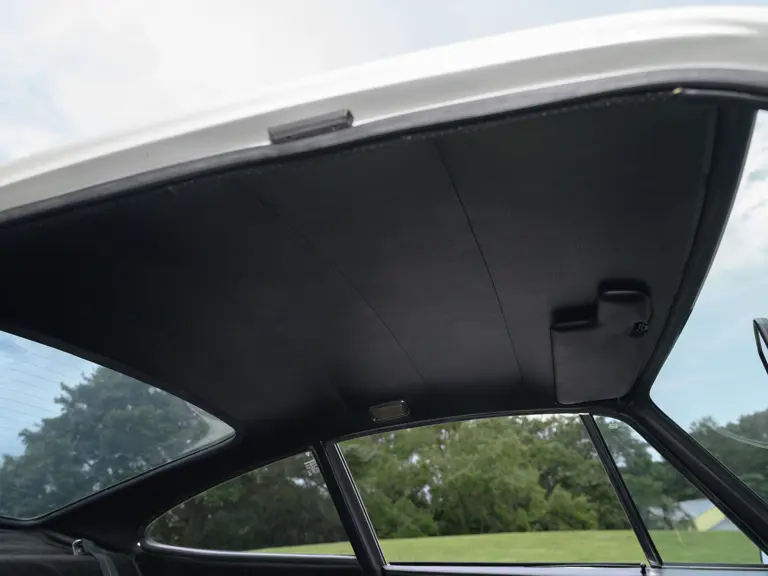


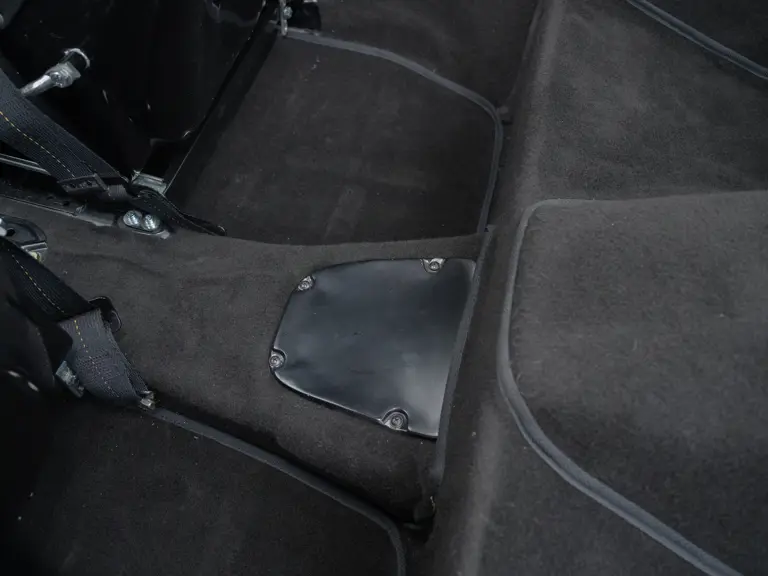









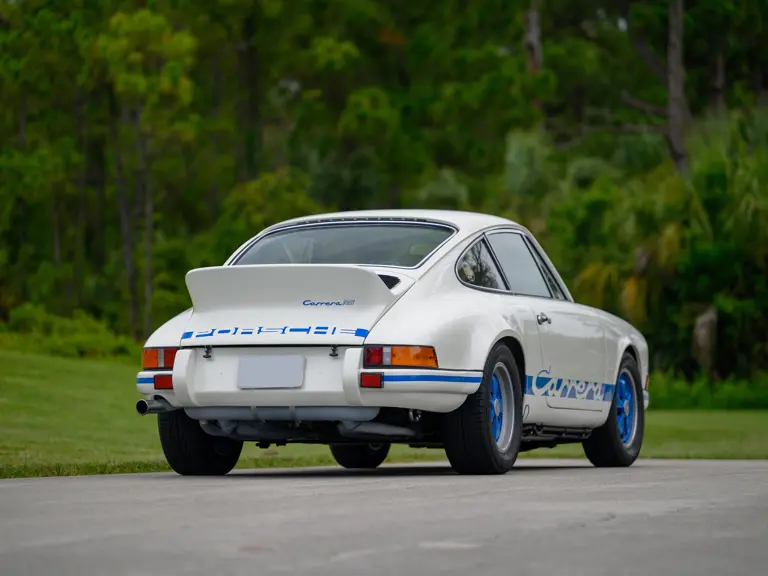
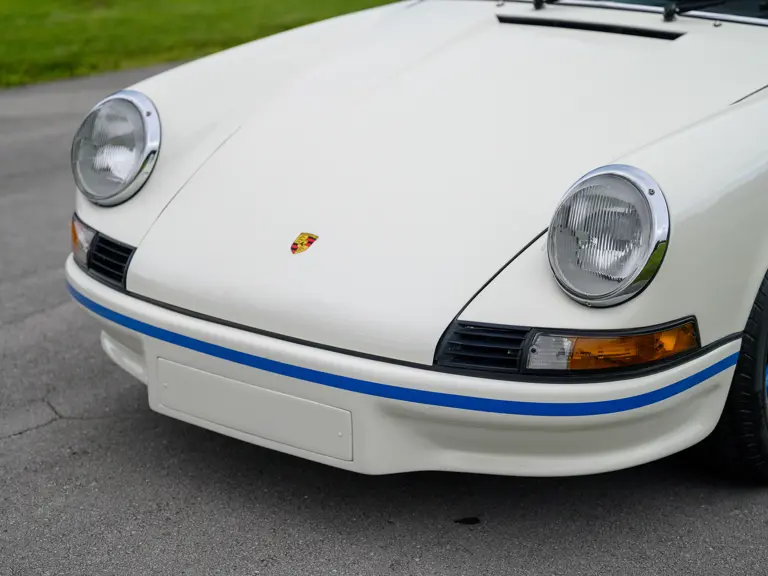

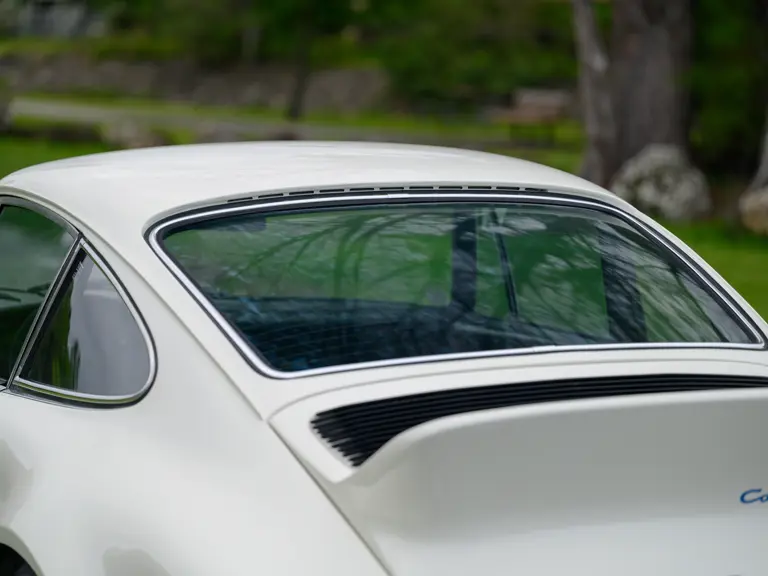
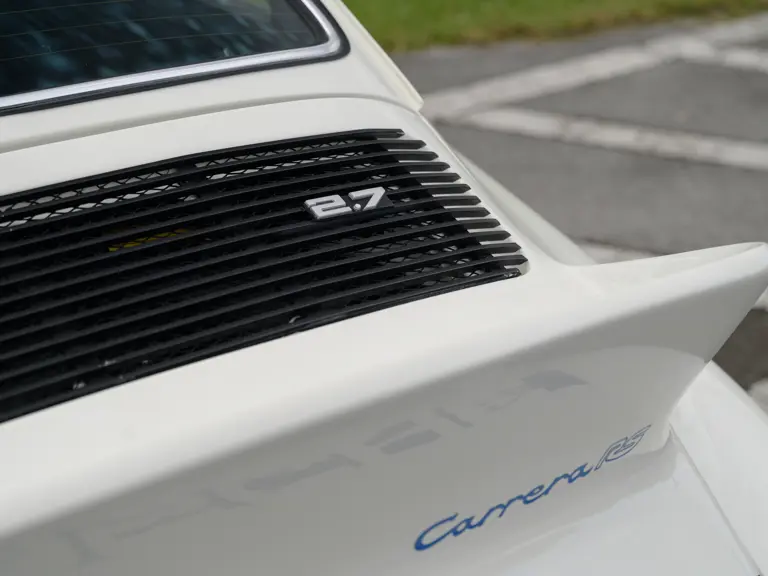
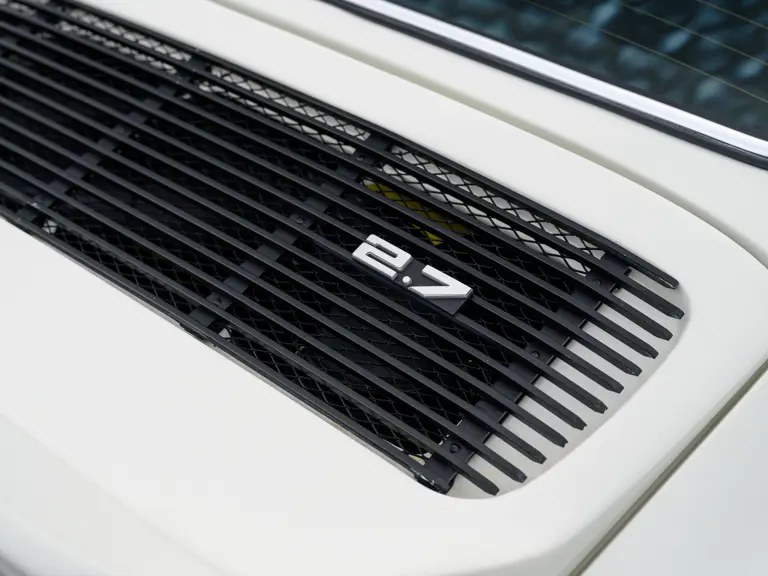
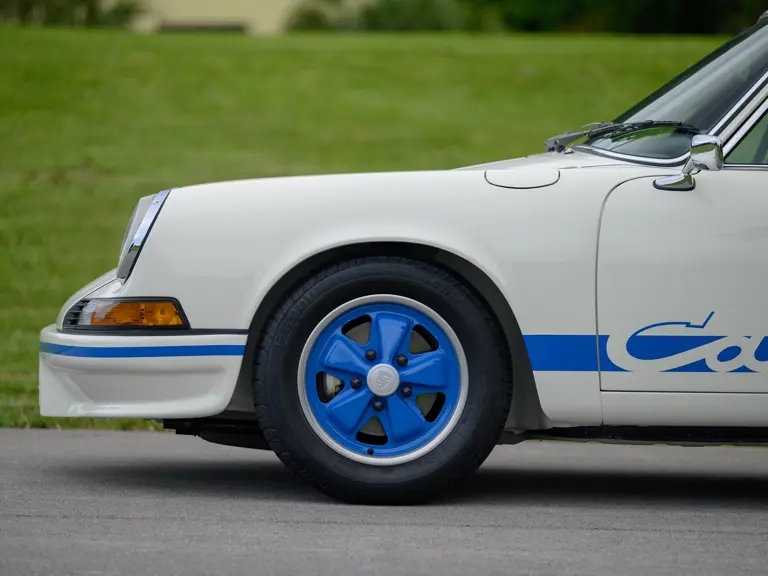
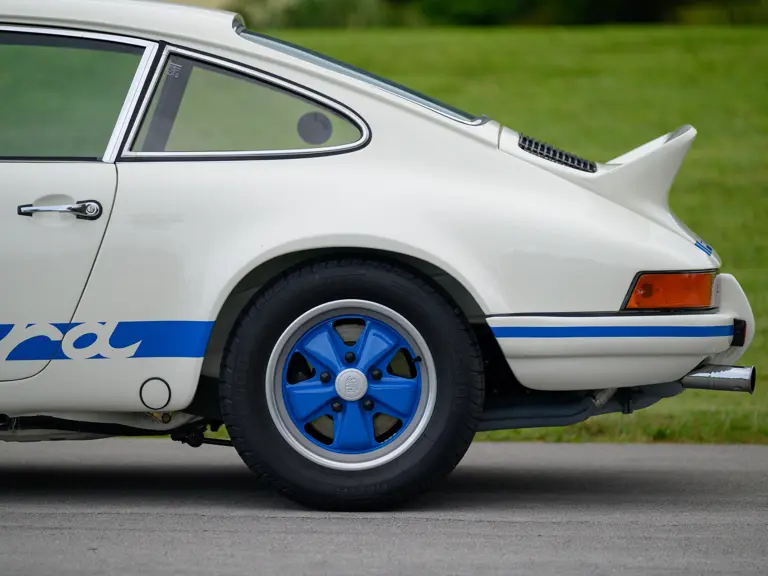
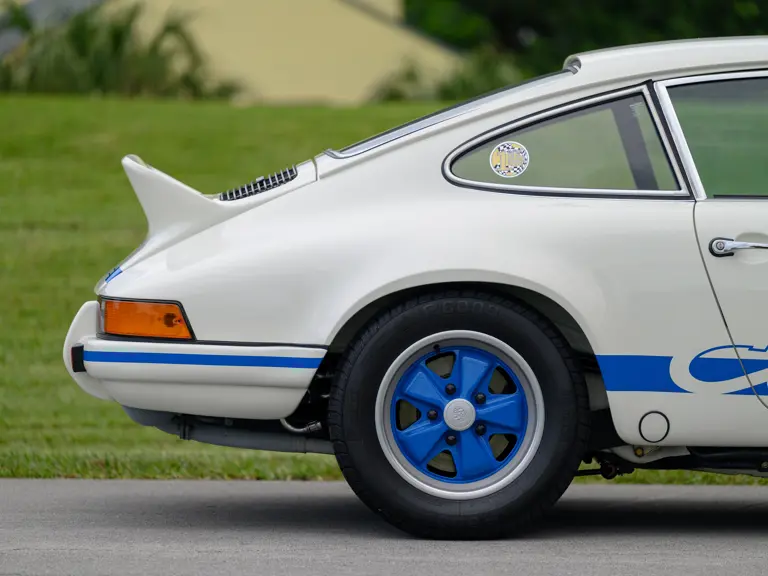
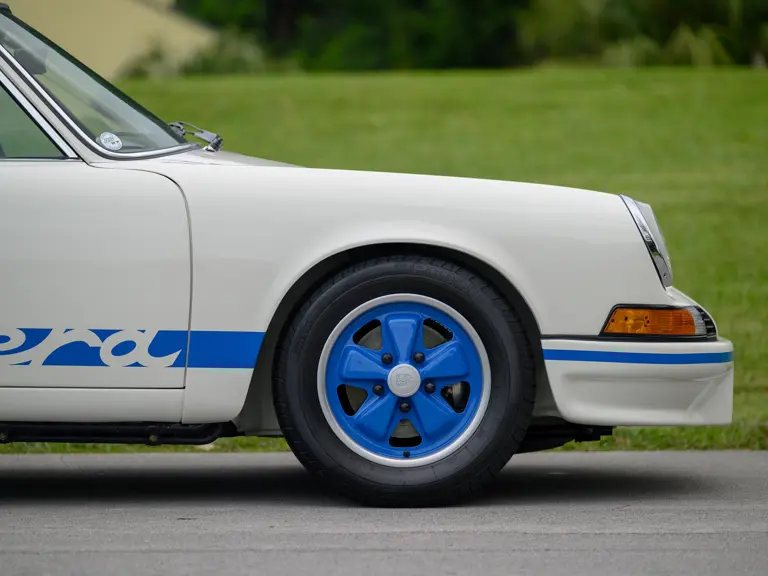


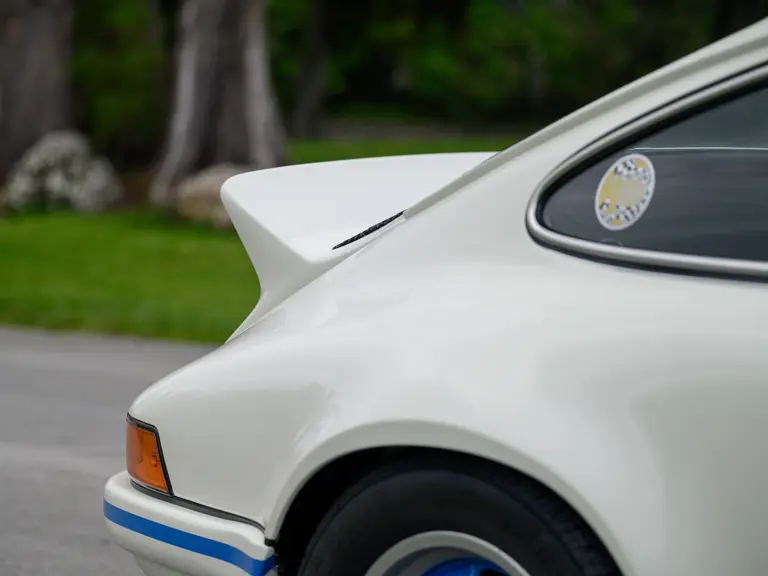
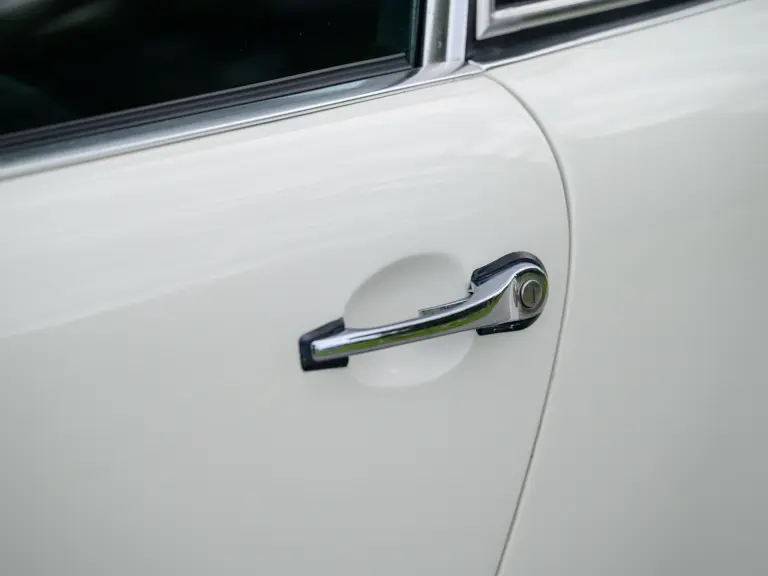
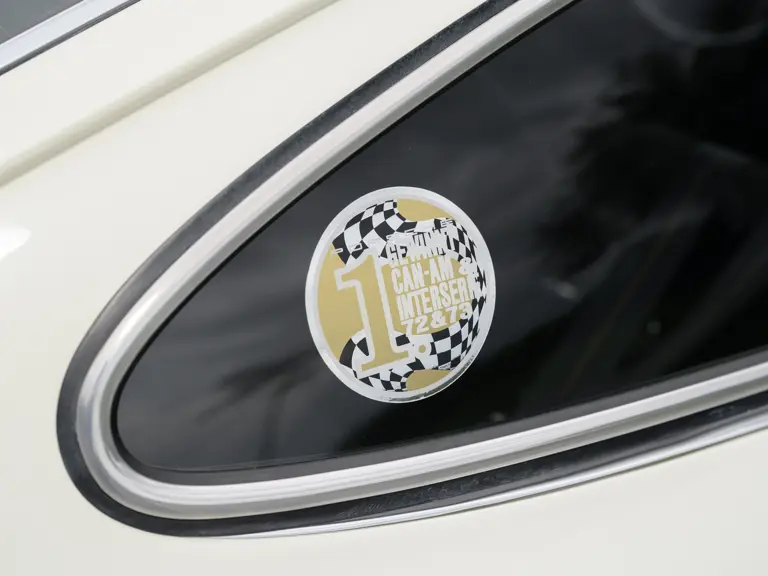

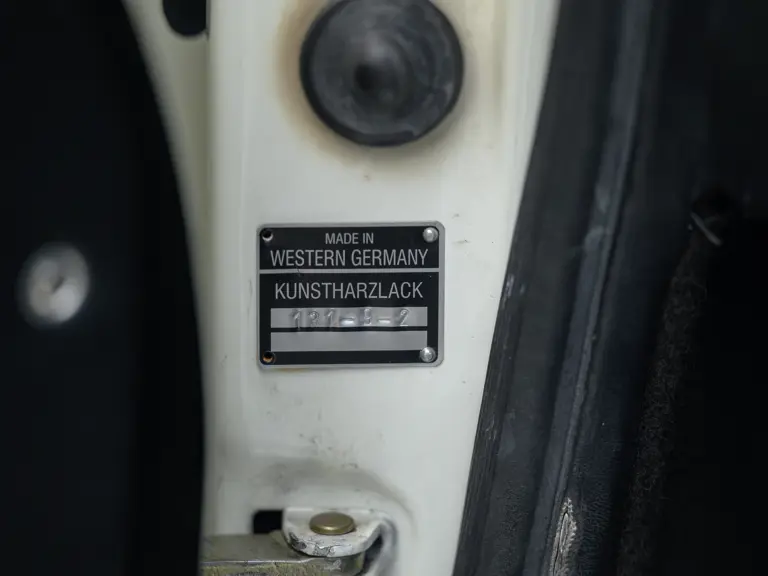





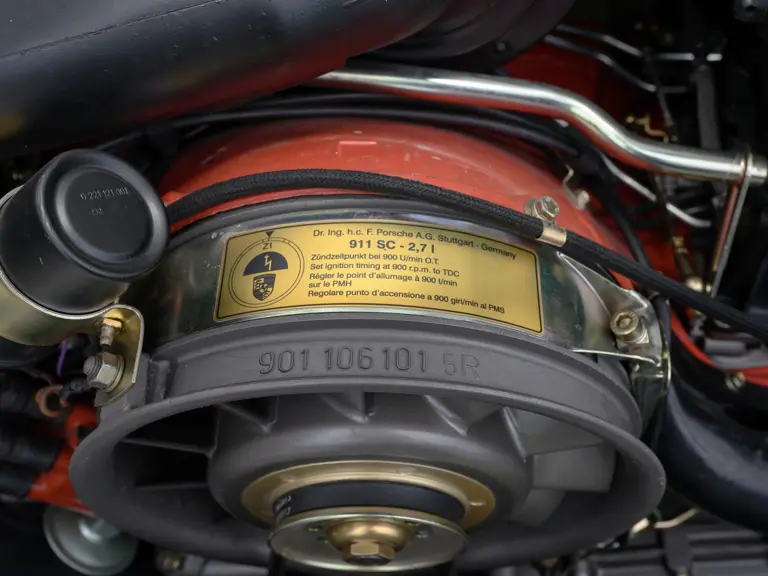



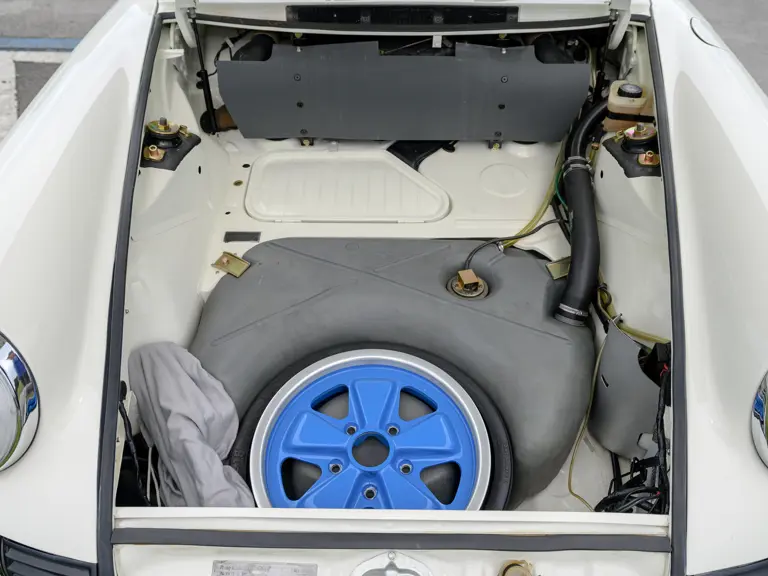


 | Monterey, California
| Monterey, California

